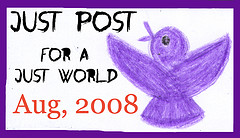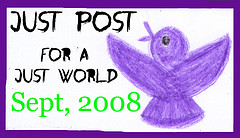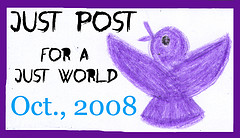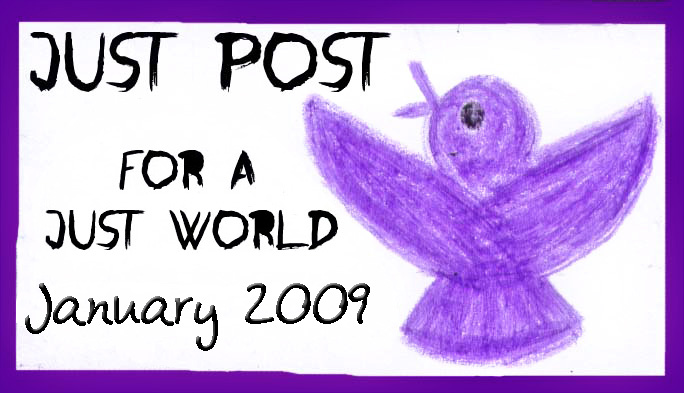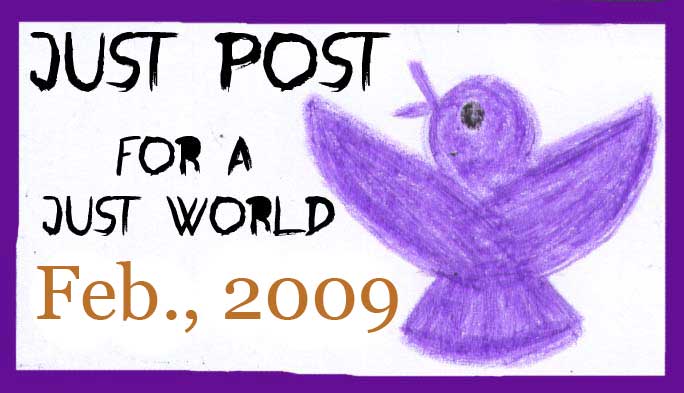Our first Halloween in New Orleans came with us full of delight — all three of us wore costumes and sat on the porch sweating (it was a hot, humid night) waiting for the hundreds of trick-or-treaters to descend upon us. A family friend had been surprised at our stocks of candy, “you won’t need them,” he said, “no one trick-or-treats on Halloween in New Orleans.” I thought he was kidding, or just mistaken. I knew there were a ton of kids in our neighborhood, so of course they’d be out.
Wrong.
We were shocked. Just a few kids came by. And even more, most of our neighbors, who on any given night have porch lights and holiday merriness shining through the night, turned off porch lights and tightly sealed their doors. We hesitated going to trick-or-treat, hanging out on porches with a few neighbors who, like us, were spending the night outside.
Except for the Halloween after Katrina, when we went to a Halloween event at Children’s Hospital and wondered whether any children were in town (there were very few, as schools and daycares were not yet open), we have always had candy ready to go. (I later regretted not doing it that year. There were a few kids we saw out on that Halloween and I felt badly not showing our support for them during such a tumultuous time.)
Halloween is (predictably) huge here. More events than one can imagine. Thrills and chills for all ages. Next year, there will even be a Halloween Krewe (Krewe of Boo), who started organizing this year for their 2008 debut. It puzzles me that with such a huge event happening all over the city, that something so strongly connected to the holiday (the trick-or-treat) is not done to a similar scale.
I was going to send a note around to our immediate neighbors, asking them for participation this year — requesting a common 30 minutes where we all could be outside, let our kids walk house to house with a parent, and re-affirm our relationships as neighbors. The fact that we live so close by each other means that we, house to house, share in a special protective force — we are each other’s best protection. The more we use these special kind of neighborhood holidays to be with each other, the stronger a force we can be. I wanted to try to say this and see if we could get some kind of group participation (maybe even convince one of our musical neighbors to play outside for a short while) for a short block-wide trick-or-treat…. but with Kate’s illness (more on this later) and our lack of sleep, and this incredibly work-busy week, it didn’t happen.
So, I ask, what IS it about Halloween in this city???
Is it so much of an “adult” holiday here that the kids celebrate it in school and on weekends and are left at home Halloween night with a babysitter? Is it so much of a party night that everyone is in private homes, partying the night away with no one answering the door? I could sort of see, if you live alone and are ill, or vulnerable in some way, being a little afraid of just opening your door to anyone all night long. But homes with families? I’m just unsure of what it means.
I have heard of at least one very tragic event several years ago on Halloween (a grandparent assaulted while trick-or-treating with his grandchild had words with a dangerous driver, who stopped the car and seriously beat the grandfather). This is enough to bring a little caution to the night. But are there other stories that I don’t know, things that are scary enough to keep people in their homes, locked up tight, until the morning? This IS the country’s most haunted place… so is that the living should just hunker down and let the spirits have the city for the night?
If someone out there has any insight, it would be appreciated. Right now, it seems that the creepiest part of Halloween around here is that homes are so closed toward the holiday.
We carved them on Saturday with my parents. Paul carved the awesome skull on the left, I painted the face on the right (it fell yesterday and got a little messy) and carved the heart. My Mom and Dad helped Will with the “light bright” pumpkin — Dad held the pegs while Will beat them into the pumpkin (along with PapPap’s fingers).
Will’s glowing face, above.
Paul’s awesome skull. We didn’t really have the right tools for this type of carving, but took out some of my craft knives instead. It took awhile. Paul was not interested in doing another pumpkin once this was done.
Initially, I was going to stick with painting the face and putting it on this pumpkin to make a pumpkin snow-man. Little known fact: I am very allergic to the innards of pumpkins and squash… if I dig out the insides with bare hands, they swell up and I break out in horrible hives that take weeks to fully heal. Really, it’s true! So I don’t dig out pumpkins. I did, however, want to try the scraping technique (I wanted to do a more involved pattern but we didn’t get a chance to do another pumpkin). The heart above was my playing around with the technique, which was fun! It’s tricky to get deep enough for the light to show through and not break through the shell. (Paul did a fantastic job!)
